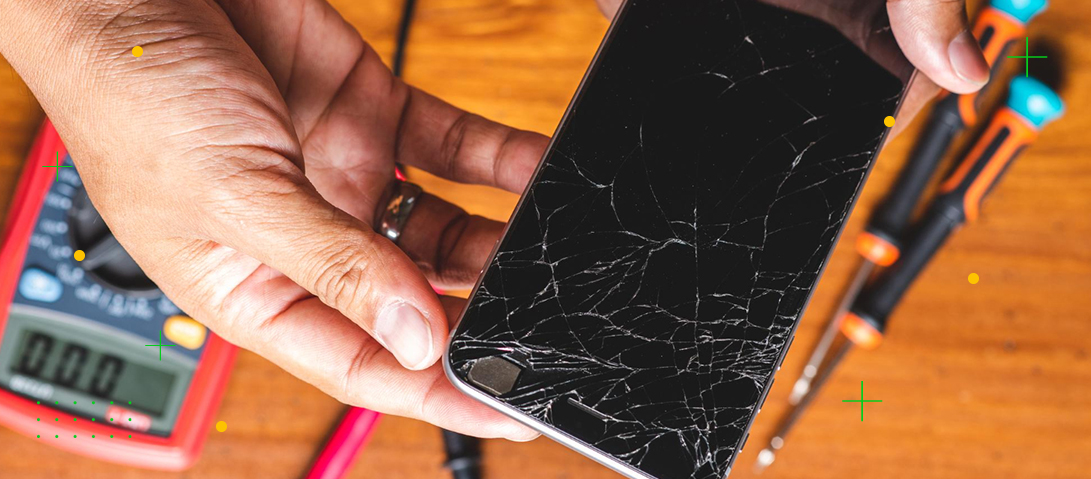If your phone's screen is malfunctioning, it may be time to replace it before it exacerbates other problems. Replacing an LCD screen in a repair center can be costly, especially if the damage is not covered by warranty. An economical solution is to buy a screen compatible with your device and replace it yourself, following a few simple steps.
When should I replace my LCD screen?
To find out whether a replacement is necessary, start by identifying signs of wear or damage. A phone screen is generally made up of two parts: the touch-sensitive glass and the LCD panel. When a fall causes a crack in the glass, the slab may remain intact, but this can affect touch sensitivity. If touch becomes less fluid, or abnormalities appear, it may be time to take action.
Other signs include black or colored spots, colored lines or a display that's too dark. These problems often indicate that the LCD panel is damaged and needs to be replaced.
Tools required
To replace an LCD screen, you'll need a clear work surface and the right tools for your model:
- Screwdriver: for unscrewing screws from the device
- Spreader: for handling tablecloths and delicate components
- Suction cup: for precise screen removal
- Tweezers: for lifting small parts and tablecloths
- Pick: for gentle removal of touchscreen glass
- Special glue: to fix the new screen to the chassis
Steps for replacing an LCD screen
1. Remove the rear cover
Switch off your phone, remove the SIM and micro-SD cards, then locate the screws on the back shell. Using a screwdriver set, carefully unscrew these screws, starting with those near the charging port. Then remove the shell to gain access to the internal components.
2. Disconnect the cables
Using tweezers, disconnect the cables connecting the motherboard to the display. This includes the interconnect ribbon and those of other components such as the battery or speaker. If there is a board covering the motherboard, remove it first.
3. Removing the screen
Lightly heat the edge of the screen with a hair-dryer or heat-stripper to soften the glue. Use a suction cup to lift the screen, then insert a pick to gently separate the LCD panel from the chassis. Continue to slide the pick until the screen comes away completely.
4. Recovering the home button
If your device has a home button, disconnect it and set it aside to install it on the new screen. Do the same for its mat.
5. Installing the new screen
Attach the home button and its mat to the new screen. Then apply special glue to the chassis and position the replacement screen. Reconnect all the cable ties and reassemble the components in their original positions. Once the phone is assembled, switch it on to check that everything is working properly.
Changing an LCD screen may seem complex, but with the right tools and a little patience, it can be done by anyone. Make sure you use compatible parts and follow the steps precisely to give your device a second life without spending a fortune.

 ES
ES
 DE
DE
 FR
FR
 IT
IT
